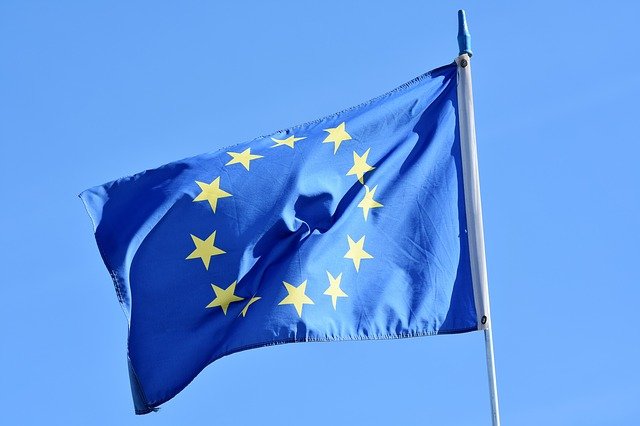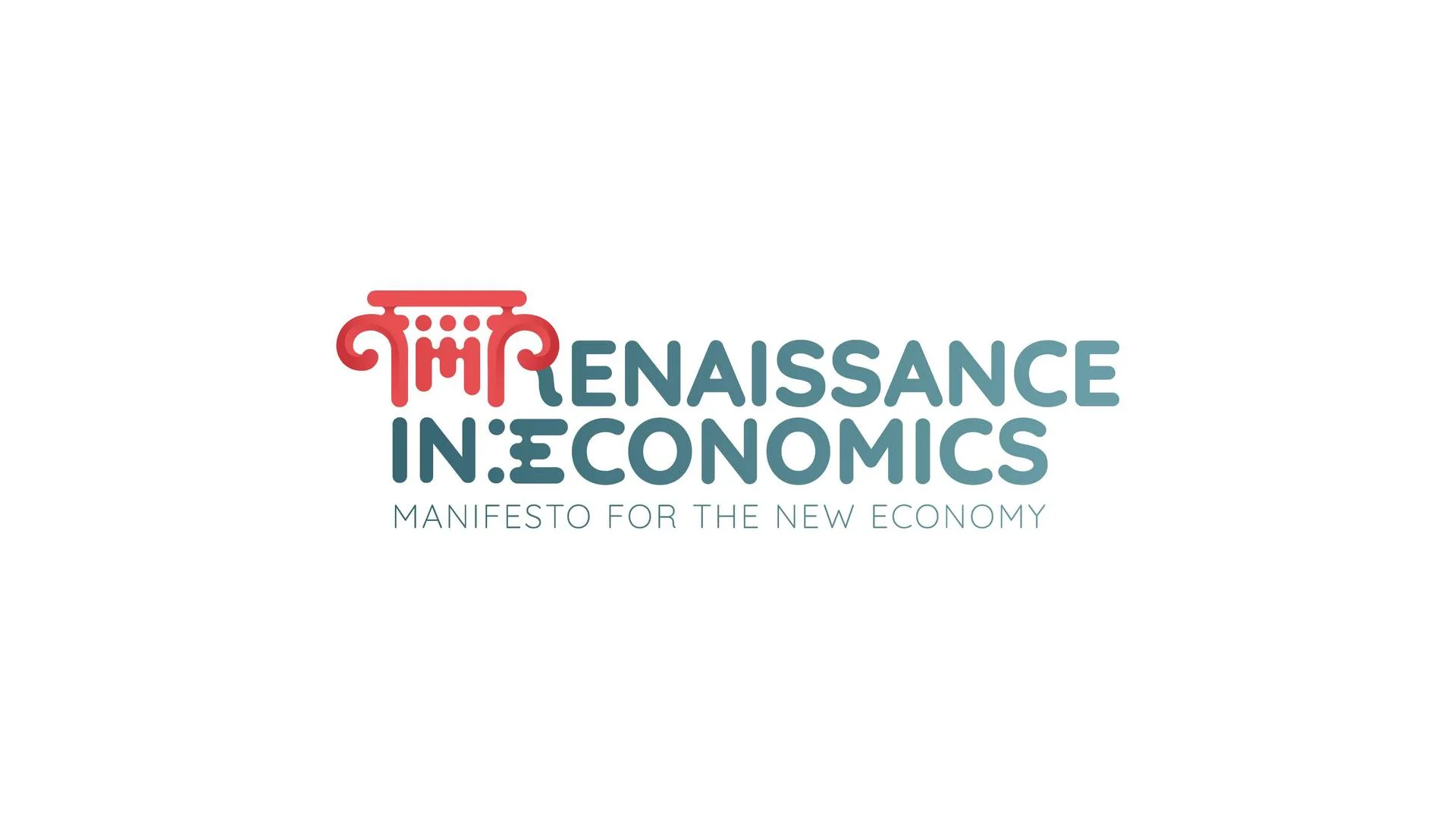
A Flawed System
The Problems With Development Aid
Read a summary using the INOMICS AI tool
Development aid: what is it good for? Well, according to much research the answer may well be absolutely nothing. In fact, it may well be worse than nothing. When judged against its aim of ‘instigating economic development and alleviating poverty’, its record is so dismal it looks as though aid actually hinders the achievement of its own stated goals. And the curious thing is this seems to be something of an open secret. Even to an untrained eye the big numbers pertaining to development aid don’t look right. Take Africa, for example. Over $1 trillion dollars has been pumped into the continent in the last 50 years, and how much has it benefited? How many African countries are actually in a better condition now than they were before receiving aid?
In the words of Economist, Dambisa Moyo, the answer is zero: African people ‘are worse off; much worse off… aid has helped make the poor poorer, and growth slower’. A strong condemnation this may be, but Moyo's assessment is no outlier. Development expert, William Easterly, has drawn similar conclusions – his study ‘Can Foreign Aid Buy Growth’ revealing an inverse correlation between aid and per capita growth.
Indeed, the aid establishment has endured four decades of trenchant critiques, many of the most vocal coming from within its own ranks. Throughout this time, the sector has shown itself impressively impervious, rarely changing its approach to development, offering only window dressing in way of reform. When criticism has built, the response from donors, whether the World Bank, the U.S, or even Bono, has invariably been the same: the demand for ‘one final push’. Poverty eradication, by this logic, has always been just one last injection of aid away. Given the huge cash flows of aid from the developed to developing world its persistence is hard to make sense of. Even harder to reconcile is the fact that between 1970 and 1998 poverty in Africa rose from 11% to 66%, this while aid flows were at their peak.
Suggested Opportunities
- Conférence
- Posted 6 days ago
45th RSEP International Multidisciplinary Conference
Between 4 Feb and 5 Feb in Lisbon, Portugal
- Conférence
- Posted 5 days ago
MIRDEC 26th MADRID 2026 Conference
Between 28 May and 29 May in Madrid, Espagne
The paradox
Something, evidently, does not add up. How is it possible that an initiative so ‘well-intentioned’ can be so ineffectual, to the point of possibly being disruptive? And further, how can said initiative be allowed to continue unchanged for so long? To answer these questions, it’s necessary to consider the motivations behind its continued provision and the effects of its implementation - simple sounding steps that curiously the development community itself has, thus far, seemed so unwilling to take.
Before continuing, one other thing should be said. In the following, ‘aid’ is meant to describe grants and low-interest loans given directly to governments, from other governments or institutions like the IMF, World Bank, etc. It does not cover humanitarian or emergency aid given, for instance, in the aftermath of a war or natural disaster. It should also be noted that what follows isn’t intended to discredit aid per se. Rather, it’s meant to expose the flaws in the form it currently takes – of which, there are many.
Questionable motivations?
Considering exactly which countries receive aid makes for an interesting starting point, and helps assess how benevolent the aims of donors really are. One would be forgiven for presuming that the five poorest countries in the world, as measured by GDP, would figure prominently among the top recipients of both UK and US aid – two of the world’s most generous ‘philanthropists’. And yet, on inspection, not one feature in either country’s top ten. Instead, the UK funnels the lion's share of its aid to countries that are either burgeoning markets, like, for instance, Nigeria, or countries like Syria and Pakistan, that are believed to be of high geopolitical value – these two, in particular, vital to the ‘war on terror’. The same principles hold true for the US, who gives most of its aid to Israel, Egypt and Jordan; the primary aim in each country not to alleviate poverty, but to buttress American geopolitical aims. Revealing, too, is that these aid packages often come with many strings attached: most often, the guarantee that aid be spent on goods produced by the donor country. More recently, in the case of the EU, aid has been made contingent on the recipient country curbing emigration – a process, which, in effect, has seen the EU outsource part of its borders controls, in one high profile case to a country with a questionable human rights record. When these stipulated conditions aren’t met aid, typically, is withdrawn, making it function as both the carrot and the stick.
 Using aid so strategically is really nothing new. During the Cold War both sides of the Iron Curtain used it to try to bribe developing countries round to their way of thinking. What it highlights, though, is the insincerity with which aid is so habitually presented. Masked in the language of altruism, its primary concern is often to boost donor’s commercial interests and further political aims. Fostering sustainable economic growth in the recipient country is merely an added (and unlikely) bonus, and sometimes even an irrelevance. How else, for example, could one explain America’s long-term financial aid programme for repressive Ethiopian Prime Minister Meles Zenawi?
Using aid so strategically is really nothing new. During the Cold War both sides of the Iron Curtain used it to try to bribe developing countries round to their way of thinking. What it highlights, though, is the insincerity with which aid is so habitually presented. Masked in the language of altruism, its primary concern is often to boost donor’s commercial interests and further political aims. Fostering sustainable economic growth in the recipient country is merely an added (and unlikely) bonus, and sometimes even an irrelevance. How else, for example, could one explain America’s long-term financial aid programme for repressive Ethiopian Prime Minister Meles Zenawi?
Occasionally, the self-interested aims of aid aren’t even hidden. While in Nigeria in 2018, then UK Prime Minister, Theresa May, declared that British aid would be exclusively used as a means of promoting British trade and political interests. As journalist Kenan Malik has noted, in many cases, this ‘aid for us’ focus leads to the exploitation of developing economics: Western governments utilise their ability to ‘borrow money at low rates, set up aid programmes, and then lend said money to poorer countries at much higher rates’. The rich make money; the poor accrue debt. To service the new debt, more aid is then offered and now the aid-dependent country has no option but to accept; thus completing the circle. African debt currently stands at around $350 billion.
Disruptive influences
Of course, not all aid programmes are so selfishly motivated, at least not so explicitly. Some genuinely seek poverty alleviation and economic growth. And yet, many such initiatives can be equally as destructive. According to development economist Angus Deaton, the problem begins with the way the introduction of foreign money in a country affects the relationship between a government and its people. Essential to the functioning of this relationship is the payment of taxes. To run a country a government must collect taxes from its people, and since the people must agree to relinquish their money for this to work, they hold some power over the government. This dynamic creates accountability. Deaton argues that aid damages this relationship. It reduces government reliance on the people’s taxes, and, therefore, reduces governmental accountability. For weak governments, as the recipients of aid tend to be, the effects of this can be very corrosive, acting as the breeding ground for both corruption and despotism. Research conducted by Transparency International has shown that corruption significantly reduces a country’s productivity, increases inflation and puts off foreign investors – ultimately it creates more poverty. And poverty, as we know, encourages aid. There are countless examples in the African continent of how the introduction and expansion of aid programmes have quickly been followed by increases in corruption. Nigeria, Congo, and Zambia, to name a few, all experienced terrible kleptocratic practices while their governments received enormous amounts of aid.
Why continue?
The obvious next question is: once this process has begun, why does it continue? Why continue to provide aid for corrupt and despotic regimes? Beyond the economic incentives and political advantages cited above, Moyo posits two further reasons why this cycle of aid is left uninterrupted. First, there now exists an overwhelming pressure on donors to give. A whole industry has grown around aid, one that Moyo estimates employs – through the World Bank, IMF, countless NGOs, charities, and governmental aid agencies – around 500,000 people, or as she puts it the population of Swaziland. The livelihoods of these people depend on the ongoing distribution of aid. Moreover, within many of these organisations, successful lending is measured by the size and quantity of the loans given, rather than what the loans are actually spent on. Non-disbursed aid often increases the chances of aid programmes being slashed, putting jobs at risk. This has internalised the incentive to continuously lend, often, as history has shown, irrespective of the levels of corruption in the recipient country.
The decision to lend to less-than-reputable governments is also informed by the view that if aid was reduced, or even cancelled, the poor would suffer. Education and health budgets would not be met and the country in question would falter. This feeling, however worthy, ignores the reality that in the majority of African cases the poor aren’t receiving the money and the country is already faltering. In 2014, Deaton, along with many other economists, contended that of the $135 billion spent on official aid, only a small portion ended up helping the poor.
Arguing along similar lines, Economist Peter Bauer described aid as a ‘form of taxing the poor in the West to enrich the new elites in the former colonies’. Once in their hands, rather than saving it, economic studies have shown that most often aid is then spent on consumer goods. This, in turn, has a number of negative consequences. First, as savings decline, banks have less money to lend, leading to a fall in domestic investment. Meanwhile, higher consumption, as a result of the aid influx, means that more money is chasing fewer goods and the country experiences inflation. The typical response to inflation is to raise interest rates, making investment even more unlikely, meaning fewer jobs, which leads to more poverty. And what happens next?
The system is broken
Clearly aid is not working. From the disingenuous motivation behind its provision, to the unintended and disruptive knock-on effects of its delivery, at every stage there exist problems. If the Western world is sincere in its desire to help end poverty, it needs to put self-interest to one side, return to the drawing board, and consider the possibility that its participation in development – as it’s currently conducted – might actually be unhelpful. Many of Africa’s biggest advances in recent years, like the widespread adoption of mobile phones, have come from within. And as Deaton has long questioned: ‘who put us in charge anyway?’
-
- Assistant Professor / Lecturer Job, Professor Job
- Posted 1 week ago
Lecturer / Senior Lecturer in Economics
At University of Canterbury in Christchurch, Nouvelle-Zélande
-
- Universités d'été
- Posted 1 week ago
BSE Summer School 2026: Economics, Finance, Data Science, and related fields
Starts 22 Jun at Barcelona School of Economics in Barcelona, Espagne
-
- Workshop, Conference
- Posted 18 hours ago
Call for Papers: 3° International Conference Renaissance in Economics 2026
Between 14 May and 15 May in Rome, Italie

















